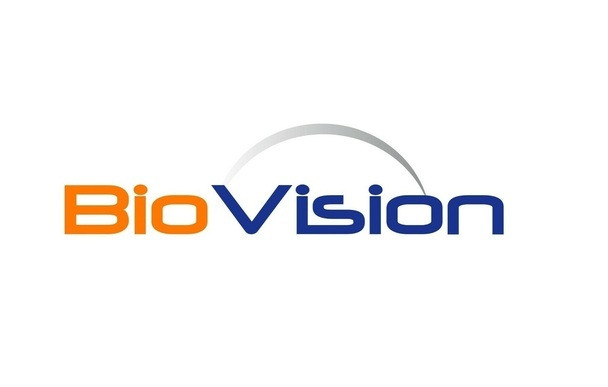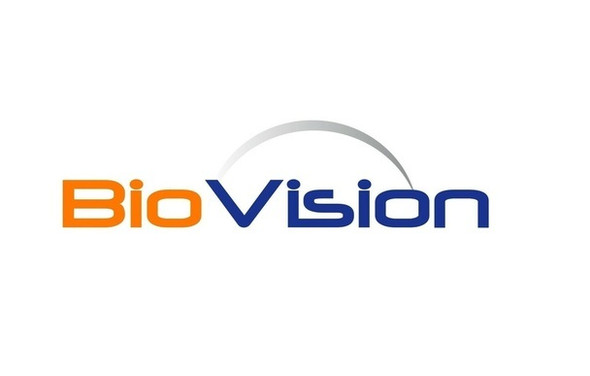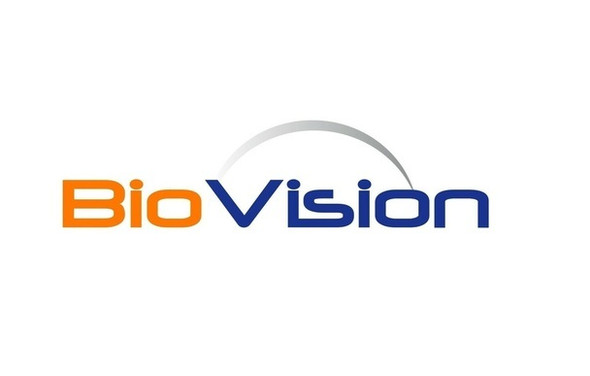Biovision
Human CellExp™ UPA, human recombinant
- SKU:
- 26-7248
- Availability:
- Usually Shipped in 5 Working Days
- Storage Temperature:
- -20°C
- Shipping Conditions:
- Gel Pack
- Shelf Life:
- 12 months
Description
Biomolecule/Target: UPA
Synonyms: Urokinase, PLAU, ATF, UPA, URK, u-PA,BDPLT5,QPD
Alternates names: Urokinase, PLAU, ATF, UPA, URK, u-PA,BDPLT5,QPD
Taglines: A potent marker of invasion and metastasis in a variety of human cancers
Taglines: USA
Country of Animal Origin: USA
NCBI Gene ID #.: 5328
NCBI Gene Symbol: uPA
Gene Source: Human
Accession #: P00749
Recombinant: Yes
Source: HEK 293 cells
Purity by SDS-PAGE #: ≥92%
Assay: SDS-PAGE
Purity: N/A
Assay #2: HPLC
Endotoxin Level: < 0.1 ng/μg of protein (<1EU/μg).
Activity (Specifications/test method): Measured by its ability to cleave a peptide substrate, N - carbobenzyloxy - Gly - Gly - Arg - 7 - amido - 4 - methylcoumarin (Z - GGR - AMC). The specific activity is > 2000 pmoles/min/μg.
Biological activity: Immobilized Human PLAU, His Tag at 5 μg/mL (100 μl/well) can bind Biotinylated Human uPAR, His, Avitag with a linear range of 0.3-2 ng/mL
Results: N/A
Binding Capacity: N/A
Unit Definition: N/A
Molecular Weight: This protein is fused with a polyhistidine tag at the C-terminus, and has a calculated MW of 45.0 kDa. The protein migrates as 45-60 kDa under reducing (R) condition (SDS-PAGE) due to glycosylation. Please note that the protein is not activated by protease digestion. In vitro activation is generally recommended for higher activity.
Concentration: N/A
Appearance: Lyophilized powder
Physical form description: Urokinase - type plasminogen activator is also known as PLAU and UPA, a serine protease with an extremely limited substrate specificity, cleaving the sequence Cys – Pro – Gly - Arg560 - Val561 – Val – Gly – Gly – Cys in plasminogen to form plasmin. uPA is a potent marker of invasion and metastasis in a variety of human cancers associated with breast, stomach, colon, bladder, ovary, brain and endometrium.uPA and its receptor (uPAR) have been implicated in a broad spectrum of pathophysiological processes, including fibrinolysis, proteolysis, inflammation, atherogenesis and plaque destabilization, all of which are involved in the pathogenesis of MI (myocardial infarction).
Reconstitution Instructions: Centrifuge the vial prior to opening. Reconstitute in deionized water. Do not vortex. For extended storage, it is recommended to store at -70°C.
Background Information: Urokinase - type plasminogen activator also known as PLAU and UPA, a serine protease with extremely limited substrate specificity, cleaving the sequence Cys – Pro – Gly - Arg560 - Val561 – Val – Gly – Gly – Cys in plasminogen to form plasmin. uPA is a potent marker of invasion and metastasis in a variety of human cancers associated with breast, stomach, colon, bladder, ovary, brain and endometrium. The human PLAU is initially synthesized as 431 amino acid precursor with a N-terminal signal peptide (20 residues). The single chain molecule is processed into a disulfide-linked two-chain molecule of different molecular weights. Two forms of the A chain exist, starting at Ser21 (the long form) and Lys156 (the short form). The long and short A chains are unique to the high and low molecular weight forms, respectively. The long A chain contains an EGF-like domain, responsible for binding of the PLAU receptor. The B chain corresponds to the catalytic domain.
Amino acid sequence: N/A
Handling: Centrifuge the vial prior to opening.
Usage: For Research Use Only! Not to be used in humans






